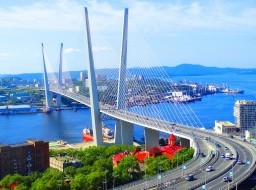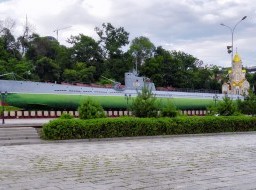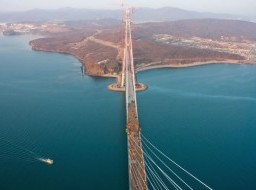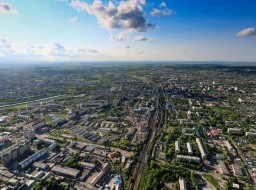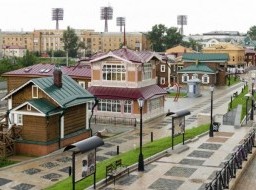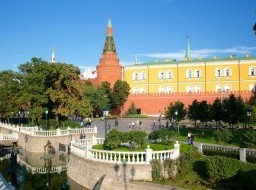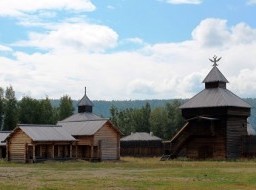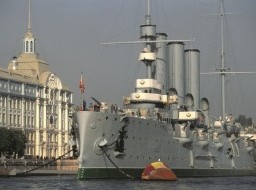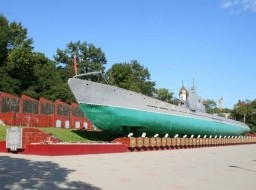Vladivostok Fortress
The old Vladivostok Fortress is the city’s most popular and distinct sight. This complex of unique fortifications is rightfully considered one of the most powerful coastal fortresses in the world. Vladivostok Fortress, whose numerous sites stand atop the hills, at rocks' foot and at the seashore, is a recognized masterpiece of the Russian fortification art and reckons among the city's most popular and token sights. Built at the turn of the 19th-20th centuries, the complex of unique defensive constructions is still rightly considered one of the most powerful naval fortresses in the world. Everyone, who is interested in military science and wants to learn more about the history of this amazing seaside city, strives to see Vladivostok Citadel's powerful forts and to visit the original museum, created on its territory. Vladivostok was founded as Russian Empire's outpost at the Pacific coast, therefore, it needed military fortifications from the very beginning. Despite the fact that building of the first defensive constructions started in 1878, Vladivostok was officially declared a fortress only eleven years later. Most fortification facilities occurred on its territory in the early 20th century - during another aggravation of Russia and Japan relations. Vladivostok Fortress's peculiarity is the fact that it was built on the hard-to-reach for enemy mountainous territory, and its sites were perfectly inscribed in crossed relief of the city and its surroundings. By the beginning of the World War I the Citadel was considered the biggest naval fortress in Russia. It was the fortification system, consisting of almost one and a half hundreds varied constructions: 16 forts, about fifty coastal batteries, scores of bases, powder cellars and storehouses, and so on. All sites were connected by roads and electrified. In the year 1923, an agreement about Vladivostok's demilitarization was signed and the fortress was abolished. However, it was decided to keep the majority of its fortification facilities - due to their strength and durability - and they served their purpose for several more years. Today Vladivostok Fortress's complex is the monument of federal importance. In 1996, the museum, dedicated to citadel's history, and the history of Vladivostok and the whole Primorsky Krai, was opened on its batteries' - Bezymyannaya - territory. Museum's exposition is divided into two parts: inner and outer. The inner one is located in several halls, arranged in fortress's casemates. In the first hall one may see materials telling about medieval period of the Primorye history. Second hall's exposition is devoted to Vladivostok Fortress's creation and town's foundation. One more hall tells the history of Bezymyannaya Battery - one of citadel's oldest fortifications; another provides information about construction of Pacific Fleet's coastal defence in 30s-40s years of the 20th century. Situated on the battery's territory, the outer exposition features samples of artillery armory, which was used in 1930s - 1990s on the Pacific Fleet's ships and the coastal defence. There are also samples of construction machinery that was used during Vladivostok Fortress's building. |



